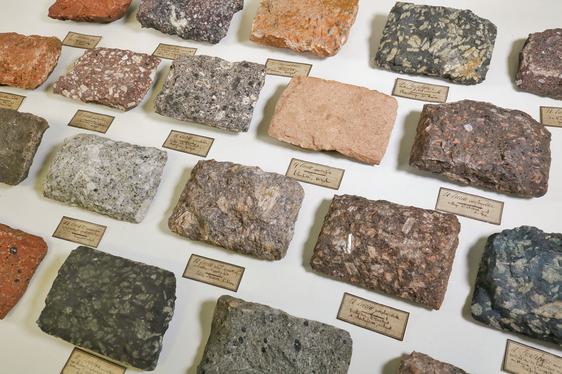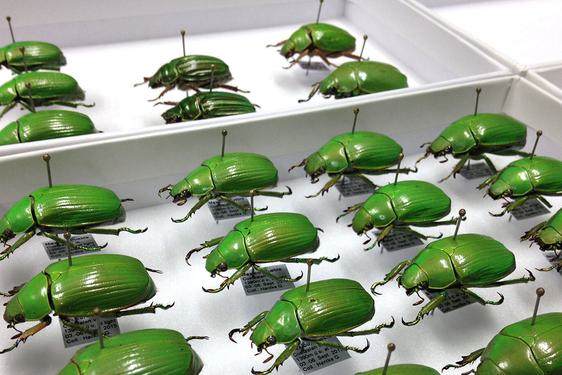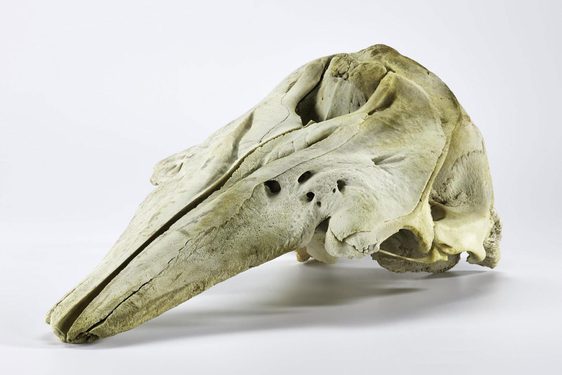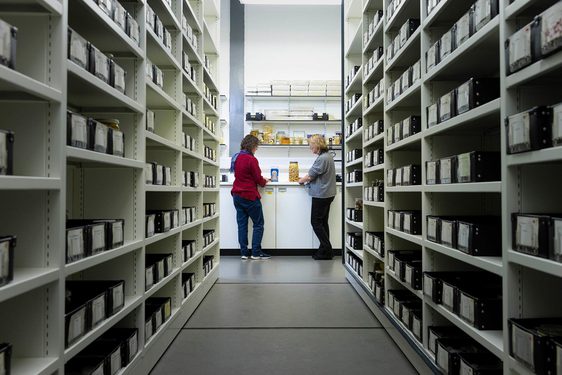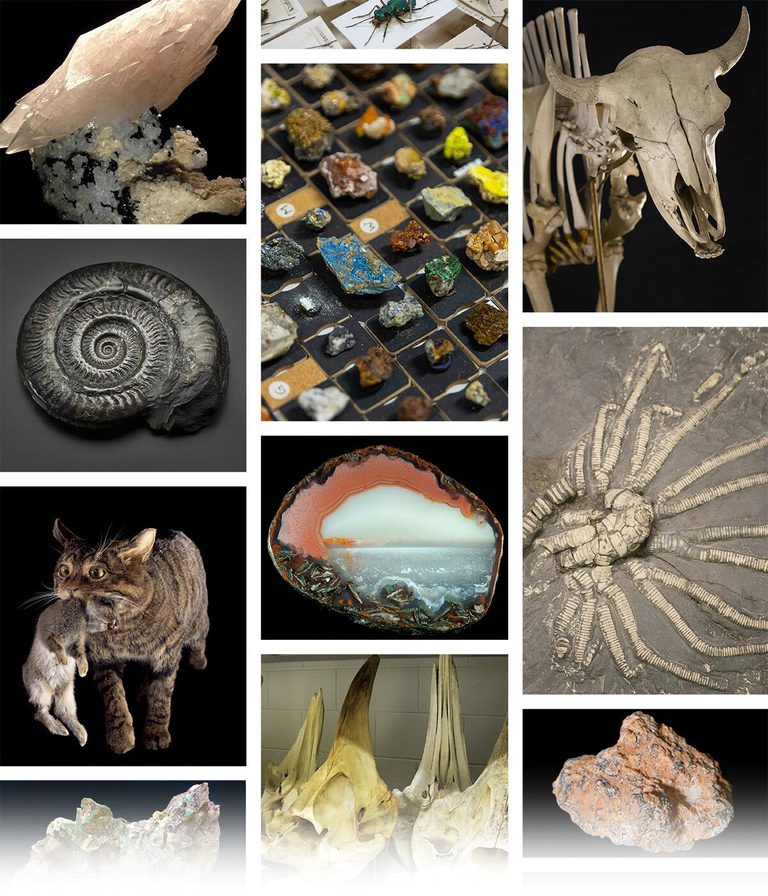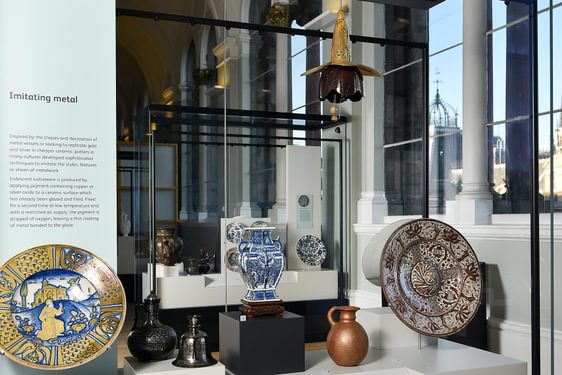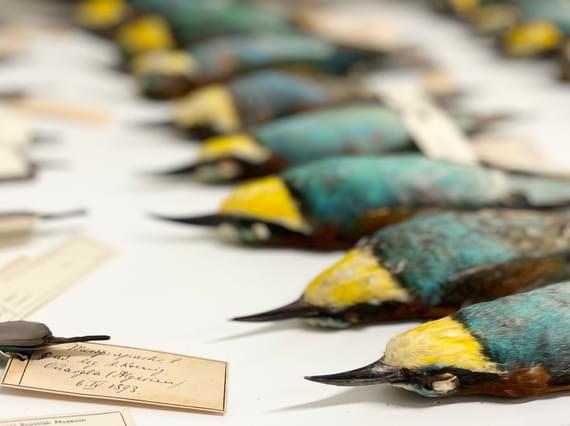
Natural Sciences
Welcome to the Natural Sciences department. We research, maintain and monitor National Museums Scotland's Natural Sciences collections.
Our collections and specimens are open to researchers for examination, and we'd be happy to help you conduct research. Please contact our staff to enquire.
Contact list of staff members
Natural Sciences department
Our collections
Our collections are global in terms of their content and most of the several million specimens held originate from efforts to better understand the natural world.
What we do
Our scientists undertake research in a number of areas ranging from phylogenetics, biometrics, biodiversity informatics, biodiversity monitoring, biogeography and taxonomy, to tectonic geomorpology, gemmology, topographical mineralogy, volcanology, palaeoecology, palaeoentomology and palaeoneurology.
Digitising natural science collections
National Museums Scotland is excited to be contributing to the development of the DiSSCo project. This is a major initiative spearheaded by the Natural History Museum to digitise and aggregate the natural sciences collections across the UK. Read more about the project.
Natural Sciences stories
- Discover
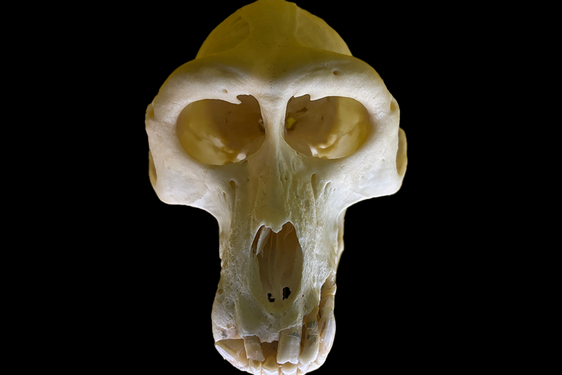
6 world-class type specimens in our stores
Written by Dr Andrew Kitchener, Dr Rachel Walcott & Dr Andrew RossType specimens are among the most important objects in natural science collections. They are the specimens on which the scientific names of species of animals, plants or minerals are based. Animals and plants are named using the Linnaean… - Discover
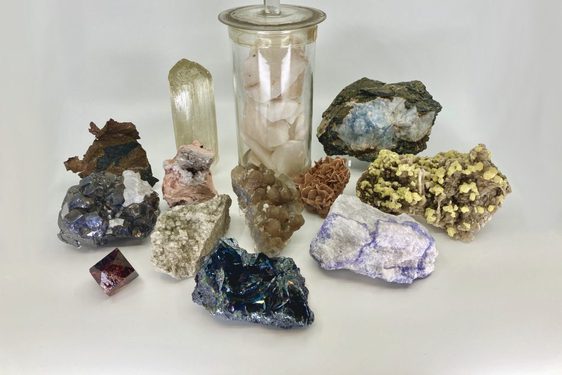
What's in a firework? Minerals that bang
Written by Emily BrownSo, you light a firework, you stand back and WHOOSH, off it shoots into the air. A few seconds wait and then BOOM, the firework explodes in a shower of coloured sparkles raining down from the sky. To get this sequence of events, you need… - Discover
Abernethy Pearl: Scotland's largest freshwater pearl
Written by Dr Rachel WalcottIn 1967, Bill Abernethy was pearl fishing near the River Tay when he came across his rarest and greatest discovery. At a weight of 43.6 grains, the Abernethy Pearl is the largest freshwater pearl found in Scotland in modern history.
